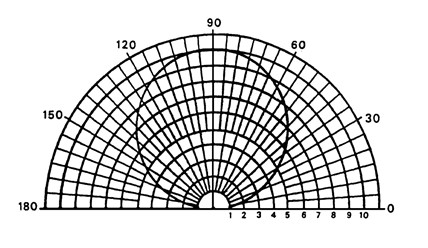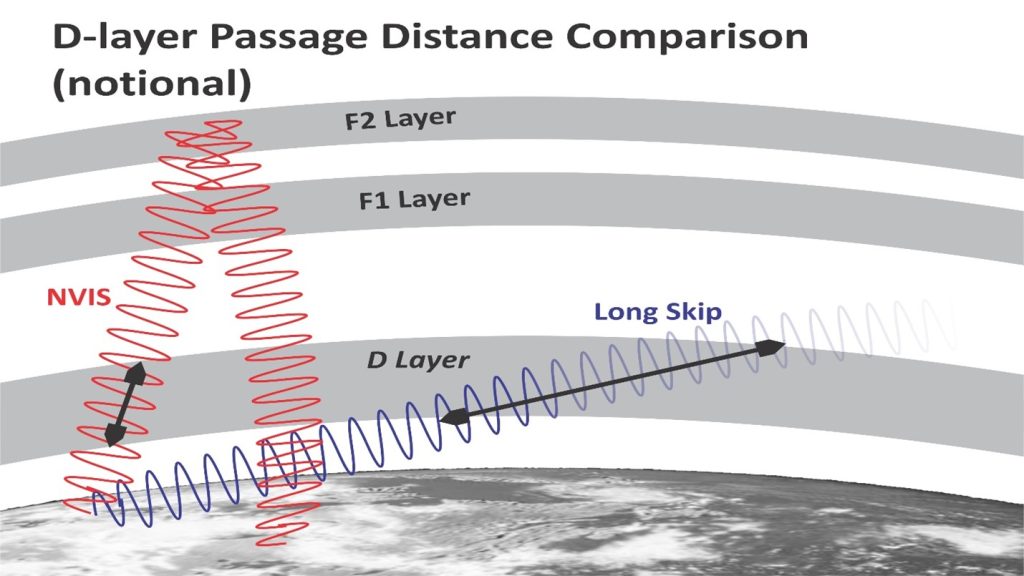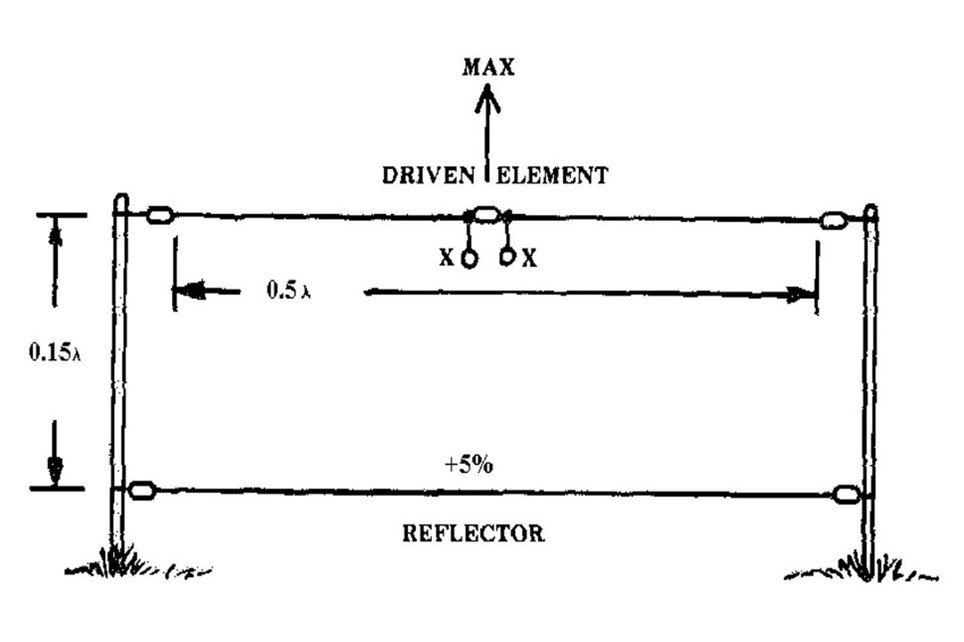NVIS stands for Near-Vertical Incidence Skywave. It is used for local-to-medium distances on HF. This is the opposite of DX, which is meant for long distances. The radio waves from NVIS travel near-vertically upwards into the ionosphere, where they are refracted back down. It fills the gap between line-of-sight and the longer distance skip-type communications that are normally used at HF. The most reliable frequencies for NVIS communications are between 1.8 MHz and 8 MHz. Above 8 MHz, the probability of success begins to decrease, dropping to near zero at 30 MHz.

With DX, or ordinary propagation, the signal must take off at a low angle—30 degrees or less—so it can travel the maximum distance before it first touches the ionosphere. This causes a long gap before the signal returns to Earth. The area between this and the end of the ground wave is called the Skip or Dead Zone.
With NVIS propagation, the signal must take off at a high angle—about 60 to 90 degrees—from the antenna. This causes the signal to practically go straight up and then return at a similar angle. This is the way to reach the Skip or Dead Zone. With this method, it is important to minimize ground wave so as not to interfere with the returning skywave. It is important to remember too high of a frequency will pass through the ionosphere and not return to Earth.
The ionosphere consists of D, E, F1, and F2 layers. The D layer, and to a lesser extent the E layer, absorb and attenuate the signal. The best signal returns are from the F2 layer.
So what kind of antenna to use? Remember that a high angle of 60 to 90 degrees is needed. Verticals do not work for this. They have a predominantly low take-off angle. A half-wave dipole also produces low angle radiation. However, when a half-wave dipole is lowered to a quarter wavelength above ground or below, high angle radiation is produced. Be careful not to go too low to avoid earth loss.

Questions? Share them in the comments below or email me at KE8FMJ@arrl.net.





